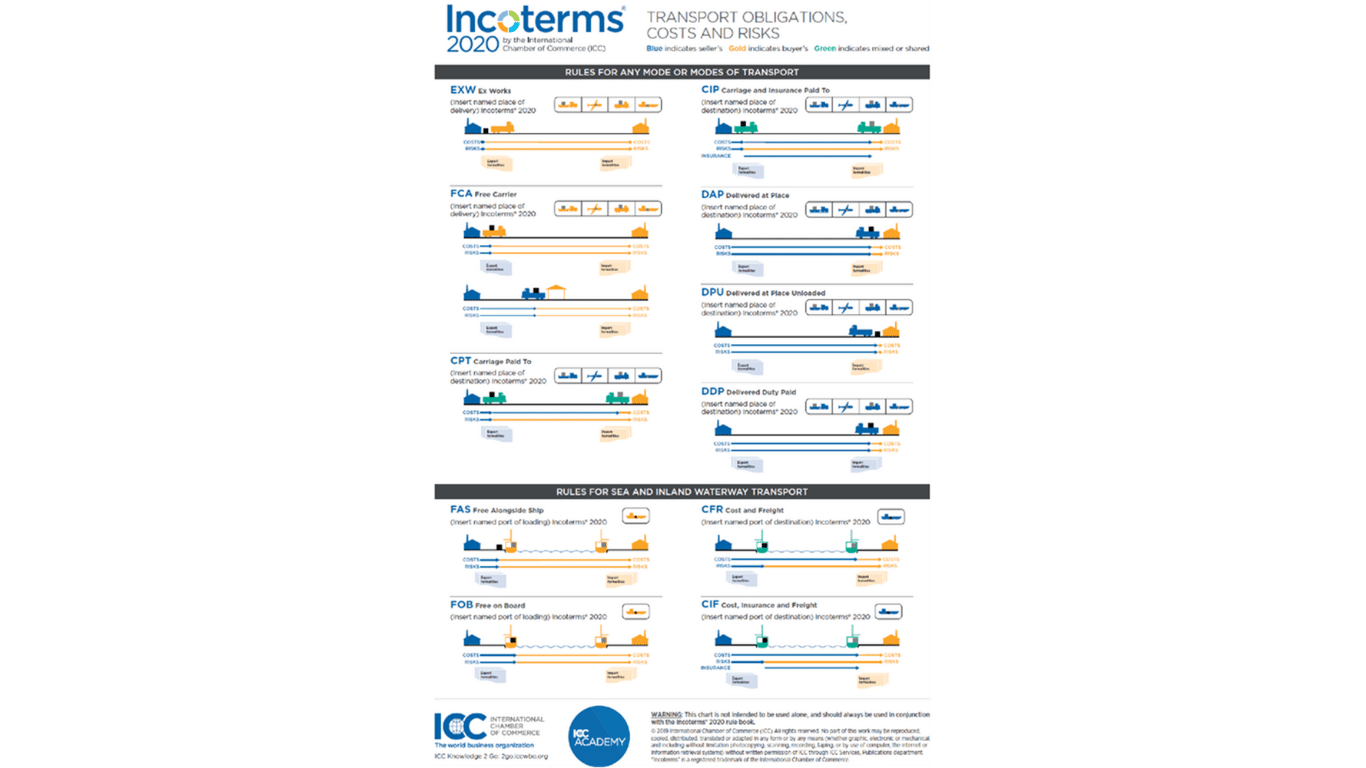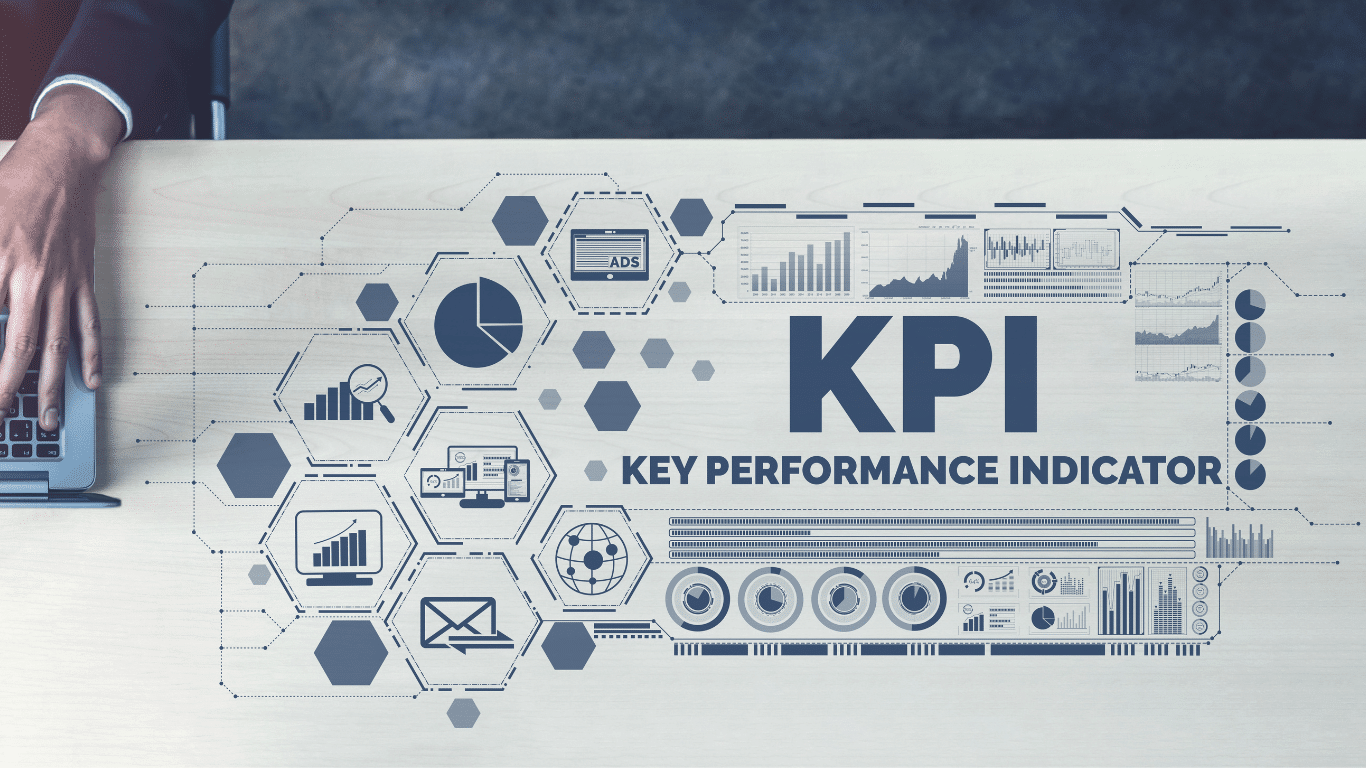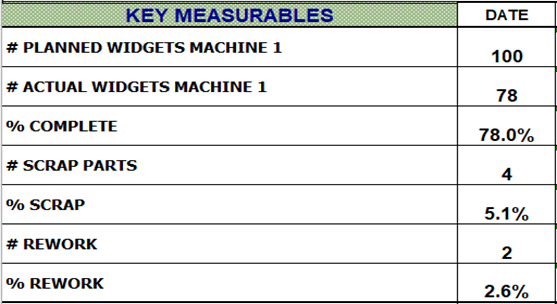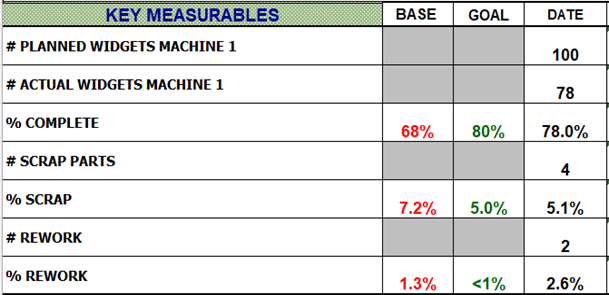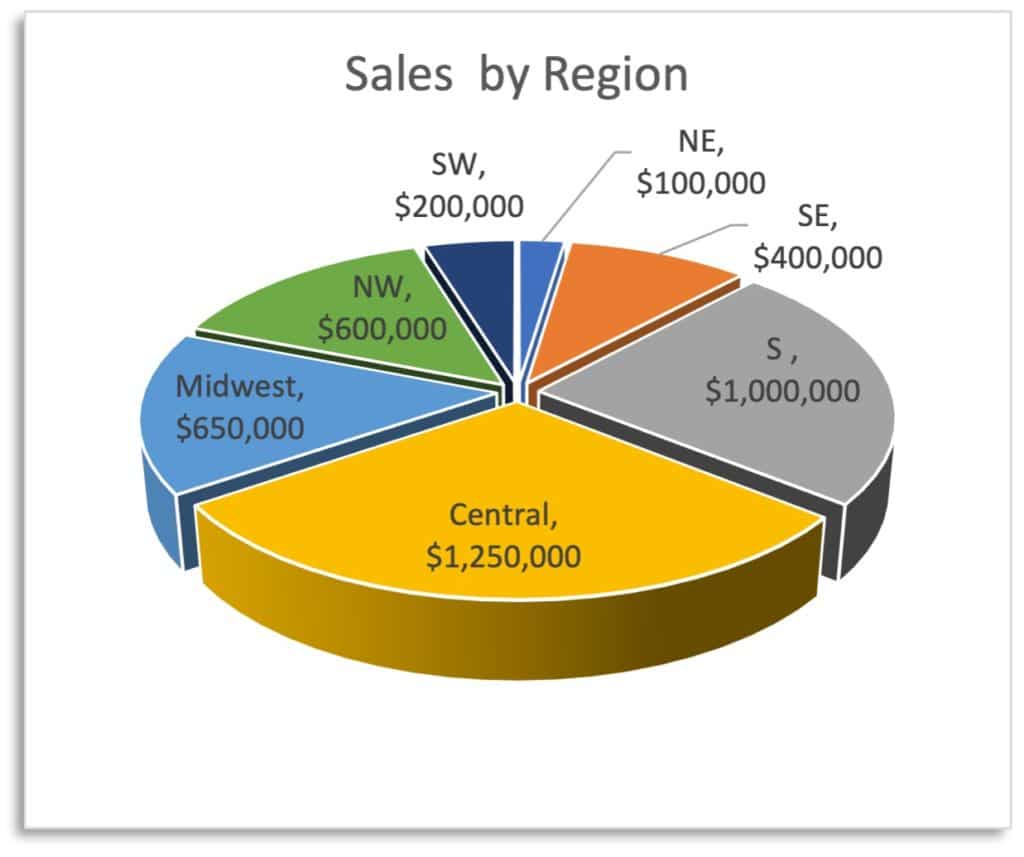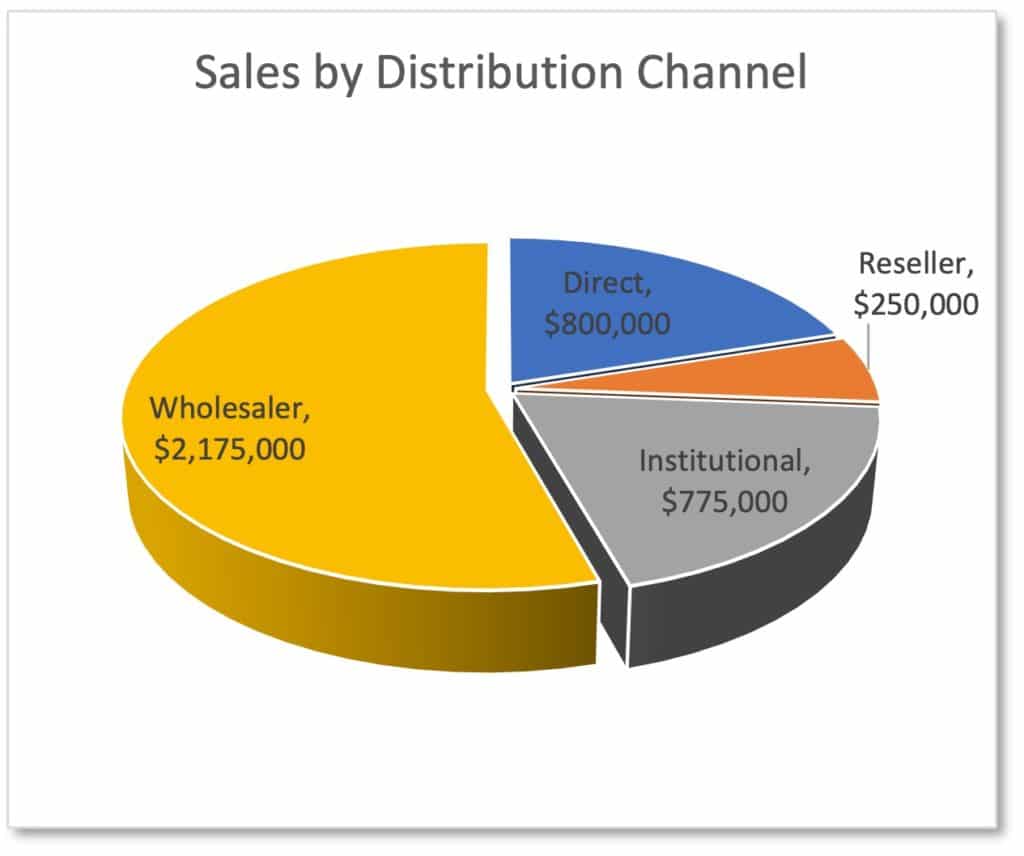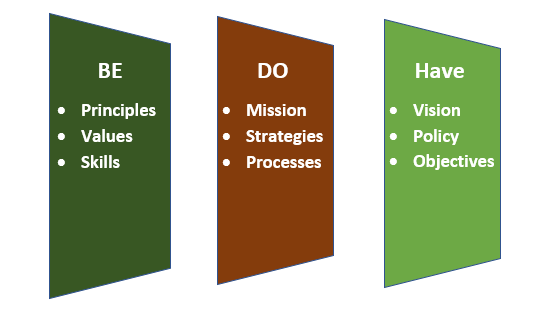As a business owner, you likely did not open your business to be an accountant. You understand revenues, costs, and profit, but how can you go a step further to obtain valuable information to improve your business? An accounting system comprises various ‘accounts’ that collect information. How you structure these accounts is the key to gleaning valuable intelligence on how your business operates and where you can improve.
How do you know which revenue streams are the most profitable? What costs are driving your profitability? If you alter one area of your business, how will it impact others? These are all questions that you should be asking of your accounting systems and data.
In accounting, this structure is called the Chart of Accounts (CoA) and should be structured to match your business. Most accounting systems offer standard CoAs for common types of businesses. To optimize the information you receive, however, you must tailor your CoA to give you actionable information, enabling you to make better decisions. Business owners tend to create too many accounts instead of not enough, making their CoAs cluttered and difficult to navigate. The components that drive your business success are often buried in numbers that do not provide you with an accurate assessment of your situation. There are four main categories that you must organize to make your CoA work for you: revenues, costs, expenses, and investments.
Revenue
Starting with revenue, you want you CoA to accurately identify what products, services, or divisions generate revenue for your business. Identifying your various revenue streams allows you to take control of your business in a new way. You can assess what sales efforts should be given the highest priority. You can invest in growing revenue streams with good profit margins in emerging markets. You can see the decline in your legacy revenue streams and evaluate why. You can evaluate what actions to take to bolster your market share, adjust your pricing, improve upon your offerings, or pivot into new products, services, and markets. These actions produce measurable results that can be used to improve your overall business financial performance.
Costs
The costs of your business are things that are directly related to generating revenues. The most common breakdown of these costs is material, labor, and other costs associated directly with these revenues. As your revenues grow, these costs usually grow in proportion. For example, the more widgets you make, the more material is used, and the more people and supplies are needed to make them. The more installation or service work you perform, the more materials, people, and vehicles we need to accomplish these activities. Your organization’s productivity can be measured by the revenue generated divided by your costs. Your output (revenue) is divided by your input (costs). If you can find ways to increase your output or decrease the amount of input needed, you can improve your productivity. If you can do both, your Gross Profit or Gross Margin will improve even more. Gross Profit is your revenue minus your costs to produce it in dollars. Our Gross Margin is a percentage of these costs divided by your revenues. If your revenue increases, your Gross Profit increases if your Gross Margin remains the same.
Expenses
Expenses, often referred to as overhead, are essential elements for sustaining your business, regardless of its revenue levels. Examples of expense items include rent, utilities, technology, advertising, insurance, and administrative resources. As your business expands, certain expenses may increase, but they usually do not scale in direct proportion to your revenues and costs.
In the initial stages of your business, you might find that these functions, like accounting, bill payments, payroll processing, hiring, and phone services, demand relatively fewer resources. However, as your business grows, these tasks can absorb valuable time from key personnel who are pivotal for fueling continued growth. Even if you decide to outsource functions like payroll, accounting, or other administrative tasks, they remain categorized as expenses.
When you subtract your expenses from your revenue, you derive your Gross Profit. Gross Profit signifies the revenue remaining after the costs of production. This figure is quantified in dollars. Gross Margin, on the other hand, is represented as a percentage, with costs divided by revenues. If your revenue increases while your Gross Margin remains constant, your Gross Profit improves.
Expenses are undeniably necessary, but the power of controlling or minimizing them should not be underestimated. Accountants have consistently emphasized that Net Profit, the sum left for you as a business owner after costs and expenses are deducted from revenues, can be engineered through the astute management of expenses. The actions you take to enhance profitability will hinge upon the insights gleaned from your CoA. If your CoA fails to provide the necessary information, it might necessitate a restructuring.
Another valuable tool for recognizing significant revenues, costs, and expenses is to introduce a column in your Profit and Loss statements that compares each account as a percentage of your revenues. This practice will show you which accounts have negligible impact on your end results, and which select few have a substantial impact.
One area where you often have significant control is in your direct labor costs. Even a minor enhancement in productivity can yield a substantial boost in profitability. By assessing and understanding which accounts significantly affect your business, you can focus your efforts on those with the most profound impact. By thoughtfully organizing your accounts to measure, track, and enhance them, your accounting data transforms from a mere tax-keeping system into a powerful management tool.
Effective communication of financial information, while some business owners are hesitant to do so, is vital for assessing current performance, setting targets, and gauging improvement. Using percentages instead of dollar values can be a helpful approach. One commonly employed technique is the use of ratios, such as the effective multiplier, which signifies the ratio of revenues to direct labor costs for billed work. The intention is to empower individuals in your business who are best positioned to influence the data.
The most promising avenues for improvement often emerge from those engaged in the day-to-day operations. Achieving optimization necessitates the active involvement of the entire organization. For instance, some smaller organizations employ the company’s gross margin percentage as a performance gauge for their incentive plans. The underlying rationale is that the most controllable cost, both at the company and individual levels, is often the cost of efforts. Incentivizing this aspect encourages higher productivity and can eventually become the standard or ‘best practice’ for similar roles. By aligning incentives with the most controllable elements, businesses can maximize their output for the efforts invested.
To attain optimal results, it is imperative to identify, evaluate, and control the items or accounts that have the most substantial impact on financial outcomes. This necessitates a meticulous organization of your accounts that provides this information without clutter. Focus on what truly matters, and concentrate your efforts on those areas where you can make the most significant impact.
Investments
When it comes to optimizing your accounting system for better decision-making, investments play a crucial role. While revenues, costs, and expenses are essential components to track, investments are the fuel that can propel your business to new heights.
Investments, in this context, encompass the allocation of resources, both financial and non-financial, in areas that can generate future returns. A well-structured CoA should include an organized framework to track your investments, helping you understand where you’ve committed capital and resources, and more importantly, what returns you can expect from them.
Tracking investments within your accounting system is essential for making informed decisions. Investments can take various forms, such as capital expenditures, research and development, marketing campaigns, or even hiring top talent. By categorizing these investments in your CoA, you can assess their impact on your business. Are certain investments leading to substantial growth in revenues? Or are some investments not delivering the expected returns? With this information, you can adjust your investment strategy to focus on areas that are driving profitability.
Every investment carries a level of risk. By closely monitoring your investments within your accounting system, you can evaluate the risk associated with each one. This allows you to make more informed decisions about whether to continue or modify your investment strategy, balancing the pursuit of opportunities with prudent risk management.
Investments often involve the allocation of resources, both human and financial. By tracking these allocations, you can better manage your resources. For instance, if you realize that a particular project or division is not delivering the expected returns, you can reallocate resources to more promising areas of your business, improving efficiency and profitability.
Investments are not just about immediate gains; they are also about building for the future. A well-organized CoA that includes investments enables you to engage in long-term planning. You can set aside funds for research and development, expansion into new markets, or the acquisition of new technology, all with a clear understanding of how these investments contribute to your business’s growth.
Some investments may offer tax benefits or incentives. By tracking investments in your CoA, you can identify potential tax advantages that can help you manage your tax liability more effectively.
Make Your CoA Work for You
In the realm of business, knowledge is power. Your CoA is more than just a ledger; it’s a compass that can guide you towards better decision-making. By thoughtfully organizing your CoA to encompass revenues, costs, expenses, and investments, you transform it into a dynamic management tool. The path to profitability is not just about increasing revenues; it’s about optimizing costs, managing expenses, and nurturing investments that yield returns. As you embark on this journey, remember that true success comes from identifying what truly matters and concentrating your efforts there. Your CoA can be your ally, helping you navigate the intricate landscape of your business’s financial health and enabling you to make decisions that lead to lasting prosperity. So, make your CoA work for you, and watch as it becomes a beacon illuminating your path to financial success.

